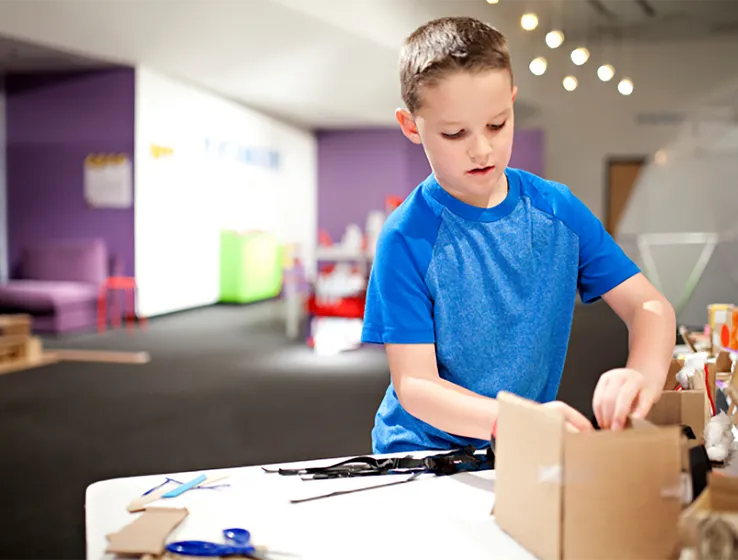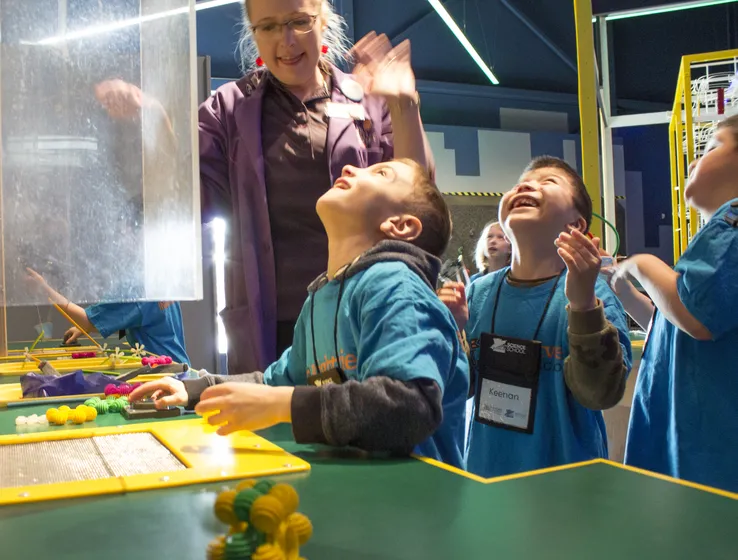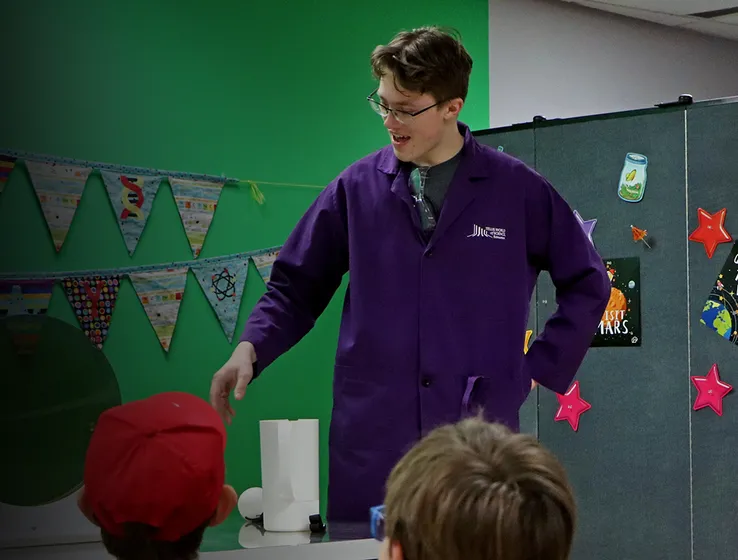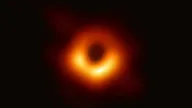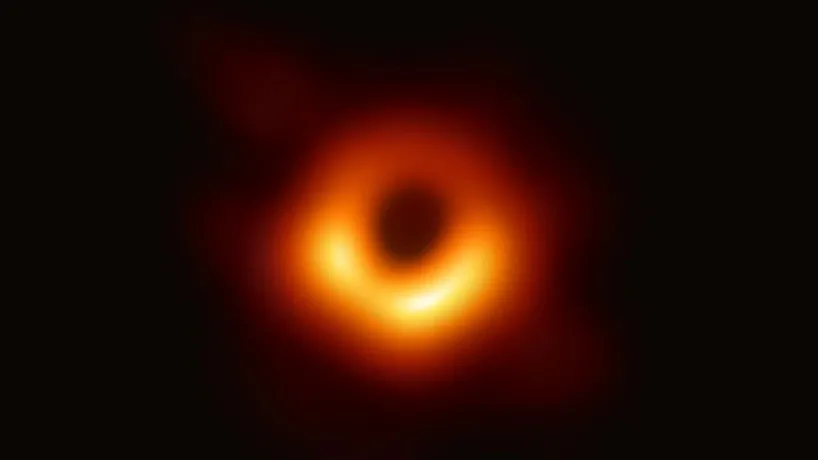Black holes! They do exist!
Posted:
On April 10th, 2019 the first image of a black hole was released. It took over a decade of research and over 200 scientists to produce this image of the massive black hole at the center of the Messier 87 galaxy. Today, we have a picture of this mysterious giant monster in the universe.
This year, scientists made history when they took the first ever picture of a black hole. Black holes are found in space and are packed with so much matter that they create a strong gravitational pull around them that not even light can escape from. You can think of a black hole kind of like a very tall and fast flowing waterfall, where once you get too close to the edge of the waterfall there is no turning back because the force is too strong and will pull you down. The idea of black holes was initially hinted at by a famous scientist named Albert Einstein and his 1916 theory of general relativity. It wasn’t until 1971 that the first black hole was discovered (Francis, 2017).
Scientists think that black holes form when a large star reaches the end of its life cycle and then collapses in on itself (Nagaraja, 2019). The star collapsing results in large amounts of matter being concentrated in a very small area in space. Once formed, it can continue to grow by taking in more stars or by combining with other black holes. Our solar system is a part of the Milky Way galaxy, which is estimated to be home to millions of black holes. Many other galaxies also have black holes within them, with the largest black -holes with the mass of millions of Sun-like stars, found at the centre of galaxies (Nagaraja, 2019).
Because light can’t escape a black hole, for years it was thought that it would be impossible to capture one directly in an image. Scientists knew black holes existed because of the force they exert on surrounding space material such as dust, stars, and their effect on the galaxy in which they are found. Despite this challenge various scientists around the world have spent decades working on getting an image of a black hole. Although light can’t escape from within the black hole itself, scientists thought they could capture an image of the light surrounding a black hole’s boundary known as the event horizon by using a combination of radio telescopes situated around the world. Finally, on April 10th, 2019, through the efforts of many teams and their collected data, they were successful (Ghosh, 2019).
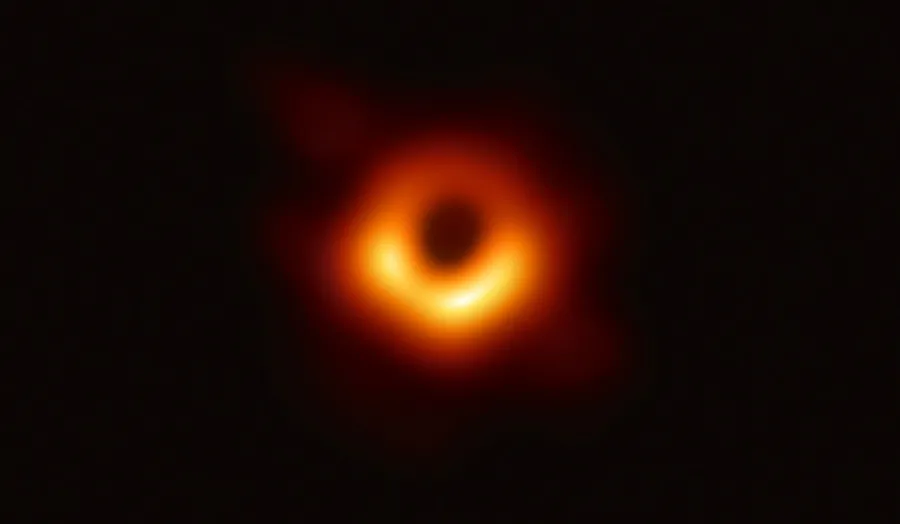
This is the first picture taken of a black hole which is located at the centre of the galaxy known as M87. This picture shows the black hole as a dark center spot surrounded by a bright orange, yellow, and red ring. This picture was taken on April 10th, 2019. Image retrieved from: https://www.bbc.com/news/science-environment-47873592. Original source: The Event Horizon Telescope Collaboration et al., 2019.
A team led by 29-year-old computer scientist Dr. Katie Bouman, created the algorithm (a set of rules or methods used to solve mathematical problems) that would lead to the first picture of a black hole. Dr. Bouman’s algorithm allowed for scientists to be able to systematically go through the massive amount of data collected from the Event Horizon Telescopes (a group of 8 radio telescopes around the world) to capture the black hole at the center of the Messier 87 galaxy (The Event Horizon Telescope Collaboration et al., I, II, III, IV, V, IV, 2019). This black hole is about 55 million light years away (Saplakoglu, 2019). The picture was taken over a 10-day period and showed it to be about 40 billion km across (approximately equal to three million times the size of Earth) (Ghosh, 2019). At the centre of the picture is a black space surrounded by a bright ring of light emitted from the very hot gas (plasma) surrounding the black hole.
Through the work of over 200 scientists, including astronomers, physicists, mathematicians, and engineers from over 20 different countries, and with the algorithm development led by Dr. Bouman, we now have our very first picture of a black hole (The Event Horizon Telescope Collaboration et al., I, II, III, IV, V, IV, 2019). This discovery opens new opportunities for scientists to study something that has puzzled them for decades and to study questions that were unimaginable to answer before about our universe. This picture of the black hole is revolutionary because before this picture some scientists even questioned if black holes existed! Now, with this image there is no question, black holes are indeed real. Studying the universe and objects found in space, such as black holes, is important because it helps us understand the workings of the universe. Studying black holes also helps us understand physics and the laws of space and time.
“Nothing in space has captured the public’s interest as much as black holes. While we now have the first image of one of these monsters of the universe, their strange state of being will still be studied for a long time as they still pose many mysteries yet to be unlocked.” – In house Space expert Frank Florian (Senior Manager of Planetarium and Space Sciences at the Telus World of Science Edmonton)
Dr. Vanessa Carias, Telus World of Science Edmonton
November 18, 2019
References:
Francis, M. R. The first sighting of a black hole. Air & Space Magazine. January 2017. Retrieved from: https://www.airspacemag.com/space/12_fm2017-mysteries-of-sagittarius-a-180961673/
Ghosh, P. First ever black hole imaged. BBC News: Science & Environment. April 10, 2019. Retrieved from: https://www.bbc.com/news/science-environment-47873592
Nagaraja, M. P. Black Holes. NASA Science. November 16, 2019. Retrieved from: https://science.nasa.gov/astrophysics/focus-areas/black-holes
Saplakoglu, Y. All your questions about the new black hole image answered. Live Science. April 11, 2019. Retrieved from: https://www.livescience.com/65211-questions-answered-first-black-hole-image.html
The Event Horizon Telescope Collaboration et al. First M87 Event Horizon Telescope Results. I. The Shadow of the Supermassive Black Hole. The Astrophysical Journal Letters. April 10, 2019. doi:10.3847/2041-8213/ab0cc7.
The Event Horizon Telescope Collaboration et al. First M87 Event Horizon Telescope Results. II. Array and Instrumentation. The Astrophysical Journal Letters. April 10, 2019. doi:10.3847/2041-8213/ab0c96.
The Event Horizon Telescope Collaboration et al. First M87 Event Horizon Telescope Results. III. Data Processing and Calibration. The Astrophysical Journal Letters. April 10, 2019. doi:10.3847/2041-8213/ab0c57.
The Event Horizon Telescope Collaboration et al. First M87 Event Horizon Telescope Results. IV. Imaging the Central Supermassive Black Hole. The Astrophysical Journal Letters. April 10, 2019. doi:10.3847/2041-8213/ab0e85.
The Event Horizon Telescope Collaboration et al. First M87 Event Horizon Telescope Results. V. Physical Origin of the Asymmetric Ring. The Astrophysical Journal Letters. April 10, 2019. doi:10.3847/2041-8213/ab0f43.
The Event Horizon Telescope Collaboration et al. First M87 Event Horizon Telescope Results. VI. The Shadow and Mass of the Central Black Hole. The Astrophysical Journal Letters. April 10, 2019. doi:10.3847/2041-8213/ab1141.
Related Articles


Food Chain Reactions
How Climate Change is Impacting Canada's Lakes

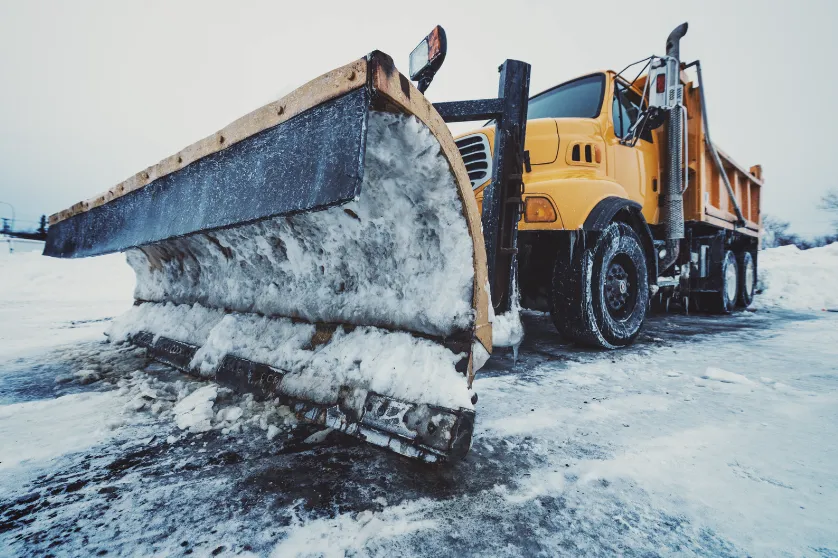
It Is Ice to See You
How Seasonal Connections Are Affected by Climate Change

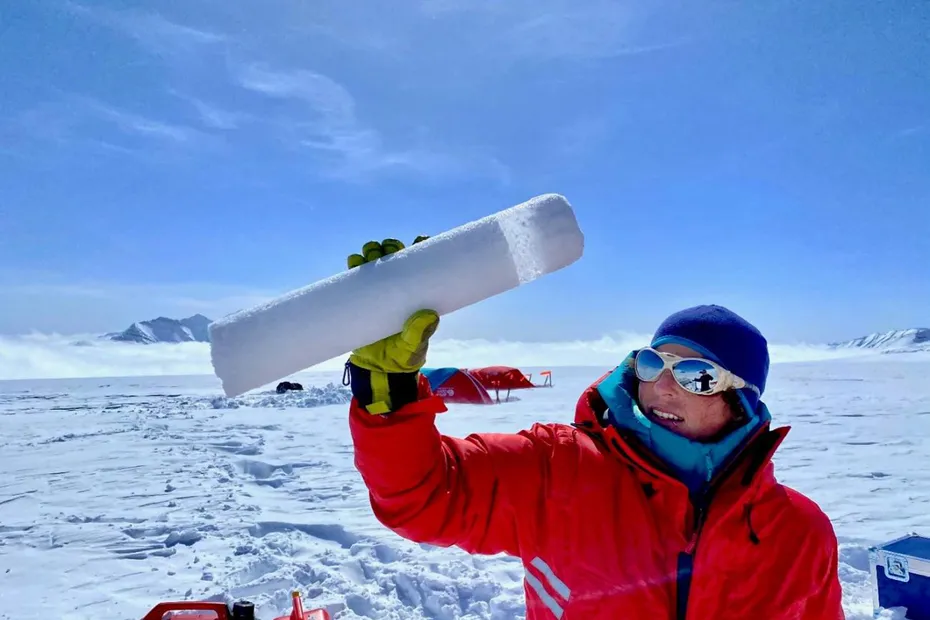
Getting to the Core of Climate Change
A Look at How Refrigerants Are Affecting Our Environment through Ice Cores
Related Articles


Food Chain Reactions
How Climate Change is Impacting Canada's Lakes


It Is Ice to See You
How Seasonal Connections Are Affected by Climate Change


Getting to the Core of Climate Change
A Look at How Refrigerants Are Affecting Our Environment through Ice Cores
